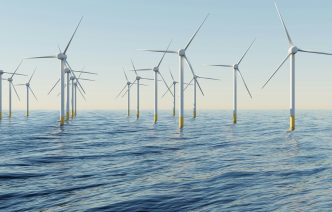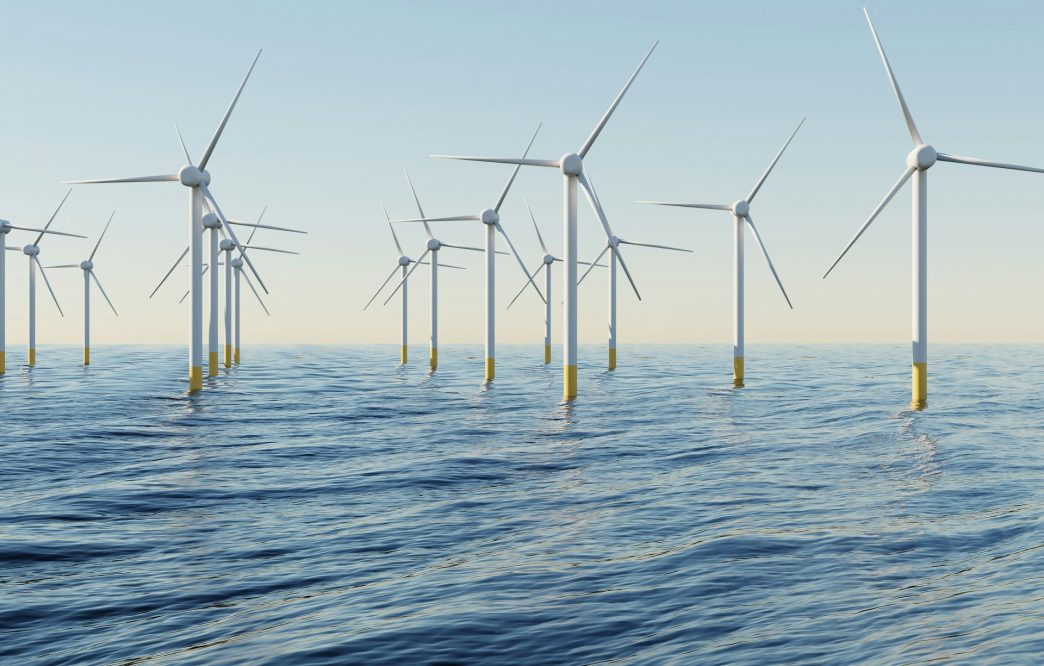Wind energy is increasingly becoming a cornerstone of renewable energy strategies worldwide, with onshore and offshore wind farms playing pivotal roles in harnessing this sustainable resource. However, the maintenance and repair of wind turbines can pose unique challenges depending on whether they are situated onshore or offshore.
Understanding the Environments
Onshore Wind Turbines
Onshore wind farms are located on land, often in rural or open areas with favourable wind patterns. These installations tend to be more accessible than their offshore counterparts, which can facilitate easier maintenance and repair. The proximity to existing infrastructure, such as roads and power lines, allows for simpler logistics in transporting equipment and personnel.
Offshore Wind Turbines
Offshore wind farms are situated in bodies of water, typically several miles from the coast. While offshore wind installations can harness stronger and more consistent winds, they also present significant logistical and technical challenges. The remoteness of these sites complicates maintenance efforts and requires specialised skills and equipment.
Unique Challenges in Repairing Onshore Wind Turbines
Accessibility
One of the primary advantages of onshore wind turbines is their accessibility. Repairs can often be performed quickly, as technicians can reach sites by vehicle. However, challenges can arise from difficult terrain, weather conditions, or remote locations that may still require specialised vehicles or equipment for transport.
Weather Considerations
While onshore wind farms are generally more accessible, they are still subject to adverse weather conditions that can impact repair timelines. High winds, heavy rain, or snow can delay maintenance operations. Additionally, extreme temperatures can affect the performance of equipment and the safety of personnel.
Resource Availability
Onshore wind farms benefit from the availability of local resources, including skilled technicians and spare parts. However, finding qualified personnel in more remote areas can still be challenging, especially for complex repairs requiring specialised knowledge.
Unique Challenges in Repairing Offshore Wind Turbines
Logistical Complexity
Repairing offshore wind turbines involves significant logistical challenges. Transporting technicians and equipment to the site often requires specialised vessels, which can be expensive and time-consuming. The need for coordination between marine transport and weather conditions adds another layer of complexity, as operations can be postponed if sea conditions are unfavourable.
Safety Risks
The offshore environment presents unique safety risks. Technicians face the dangers of working on the open sea, including potential accidents during transit and working at heights on moving platforms. Rigorous safety protocols and training are essential to mitigate these risks. Furthermore, in the event of an emergency, evacuation procedures are more complicated compared to onshore sites.
Limited Working Windows
Offshore maintenance often has limited working windows due to weather conditions. Strong winds, high waves, and storms can significantly impact the feasibility of repair operations. As a result, planning and scheduling repairs can be challenging, as technicians must be prepared to adapt quickly to changing weather patterns.
Equipment and Technology
The technology used in offshore wind turbines can be more advanced, necessitating specialised repair knowledge. This can include dealing with more sophisticated electrical systems and larger components that may require heavy lifting equipment. Consequently, fewer technicians may be available with the requisite skills for offshore maintenance.
Considerations for Effective Repairs
Planning and Logistics
Effective planning is crucial for both onshore and offshore repairs. This includes assessing the site’s specific needs, determining the necessary tools and equipment, and scheduling repairs during optimal weather conditions. For offshore repairs, pre-arranging transport and ensuring that all equipment is ready for immediate deployment can help minimise downtime.
Training and Expertise
Both onshore and offshore technicians must be well-trained, but offshore personnel may require additional certifications and skills due to the increased risks and technical demands. Investing in continuous training and upskilling can enhance safety and efficiency in repairs.
Monitoring and Predictive Maintenance
Utilising technology such as remote monitoring systems can help identify issues before they become critical, particularly for offshore turbines where repairs are more complex and costly. Predictive maintenance strategies can minimise downtime and optimise repair schedules for both onshore and offshore turbines.
As the wind energy sector continues to grow, understanding these unique challenges will be vital for companies aiming to maintain efficient and safe operations. By addressing the specific considerations associated with each environment, the industry can ensure that wind turbines remain reliable and effective renewable energy sources, contributing to a sustainable future.













